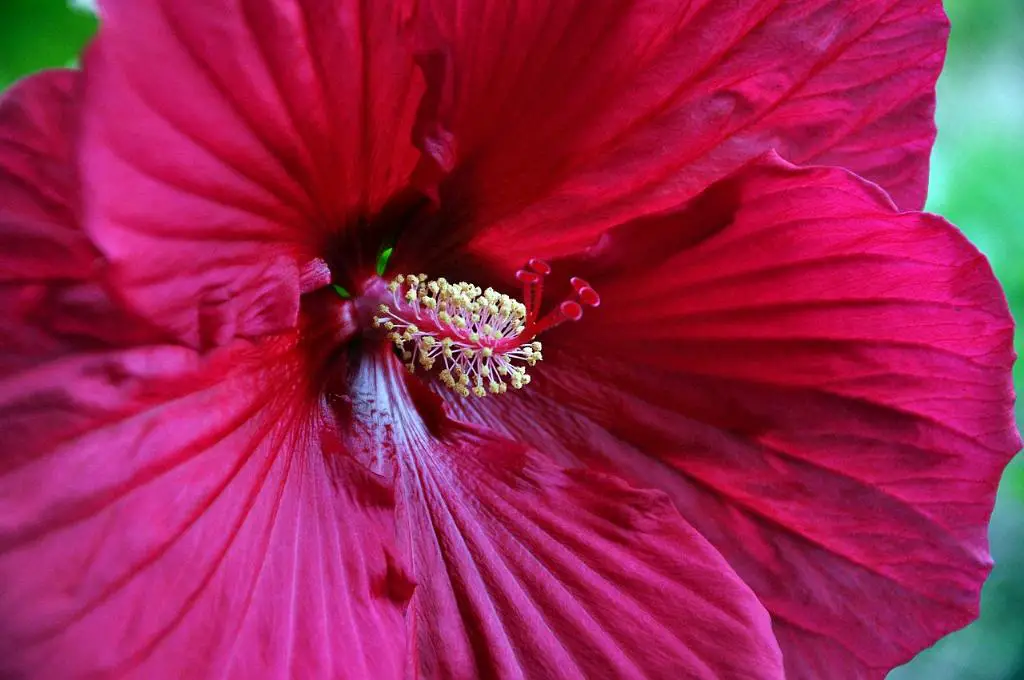Have you noticed the leaves of your hibiscus plant turning a concerning shade of yellow? The vibrant hues of these tropical flowers can quickly fade when the foliage starts to change color. There are several factors that could be causing this issue, but one of the most common culprits is the watering routine for your hibiscus.
Proper watering is essential for the health of your hibiscus plant. Over- or under-watering can lead to yellowing leaves. If the soil around your hibiscus is consistently soggy, the roots may become waterlogged and begin to rot. On the other hand, if the plant is not receiving enough water, it can result in dehydration and stressed foliage.
Cate Singleton, director of design at Tilly, an online landscape design company, emphasizes the significance of maintaining a balanced watering schedule for your hibiscus. She notes that the key is to ensure that the soil is damp but not waterlogged. By monitoring the moisture levels and adjusting your watering routine accordingly, you can help prevent yellowing leaves.
In addition to water-related issues, nutrient deficiencies can also contribute to yellowing leaves on hibiscus plants. Essential nutrients such as nitrogen, potassium, and iron play a crucial role in the overall health and vibrant color of the foliage. A lack of these nutrients can manifest in yellow leaves, indicating that the plant is not receiving the necessary nourishment.
To address nutrient deficiencies, consider using a balanced fertilizer specifically formulated for hibiscus plants. These fertilizers contain the essential nutrients needed to support healthy growth and vibrant blooms. By incorporating fertilization into your hibiscus care routine, you can help replenish any missing nutrients and promote lush, green foliage.
In some cases, environmental factors such as temperature and sunlight exposure can also impact the color of hibiscus leaves. Hibiscus plants thrive in warm, tropical climates and require ample sunlight to fuel their growth. Insufficient sunlight or sudden temperature changes can stress the plant and lead to yellowing leaves as a response.
When cultivating hibiscus plants, it’s important to provide them with the ideal growing conditions to prevent leaf discoloration. Ensure that your plant is positioned in a sunny location where it can receive at least six hours of sunlight per day. Additionally, maintain a consistent temperature range to avoid any sudden fluctuations that may stress the plant.
Pests and diseases are another potential cause of yellowing leaves in hibiscus plants. Common pests such as aphids, spider mites, and whiteflies can infest the foliage, feeding on the plant’s nutrients and causing damage. Similarly, fungal infections and diseases like powdery mildew can result in yellow spots and discoloration on the leaves.
To protect your hibiscus from pests and diseases, regularly inspect the plant for any signs of infestation or infection. Introduce natural predators or beneficial insects to control pest populations, and use organic fungicides to combat fungal diseases. By practicing preventive measures and maintaining good plant hygiene, you can help prevent yellowing leaves caused by pests and diseases.
Ultimately, addressing the underlying cause of yellowing leaves on your hibiscus requires a comprehensive approach that considers various factors such as watering, nutrients, environment, pests, and diseases. By identifying the specific issue affecting your plant and implementing targeted solutions, you can restore the health and vibrancy of your hibiscus foliage.
Remember, caring for hibiscus plants is a rewarding experience that allows you to enjoy the beauty of tropical blooms in your own garden. By closely monitoring your plant, providing it with the necessary care and attention, and addressing any issues promptly, you can keep your hibiscus thriving and flourishing for years to come.

